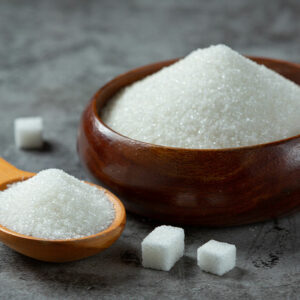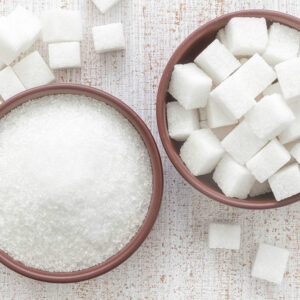
01
5 skin care mistakes that cause premature aging
The skin is the first layer of protection from all environmental pollutants. Following a healthy skincare regime ensures proper nutrition to skin cells, while using the wrong products can speed up the premature aging process of the largest organ of the human body. Wrinkles, fine lines, hyperpigmentation, age spots, etc., are the common signs of premature aging of the skin. Here are five such common mistakes that should be avoided: Using soap bars Soap bars are pretty common because they are readily available and affordably priced. Using soap bars can lead to premature aging of the skin though. This is because the formulation of the bars is such that they dry the skin on application. Soap bars can strip the cells of their natural oils and delay the collagen-producing process. The best thing to do is to opt for face and body cleansers rather than using soap bars. Make sure you do not apply it on the face, instead use a face cleanser that has been created for the facial skin. Wearing makeup as protection from the sun Using foundations and other makeup items that contain SPF makes us feel protected from the sun’s harmful UV rays. However, these cosmetic items contain SPF as an added protection. Simply applying makeup is not going to protect your skin from harm. Also, foundation and other such cosmetic items cannot be applied to your arms, necks, scalp, and other exposed parts of the skin, leaving most of the skin uncovered and unprotected from the sun’s rays. To add to it, makeup does not last for long hours. As it starts to wear off, your face gets exposed to UV rays. Hence, using makeup as an alternative to sunscreen is a big mistake. Whether it is summer or winter, it is imperative to wear sunscreen to protect your skin.
Read More 










